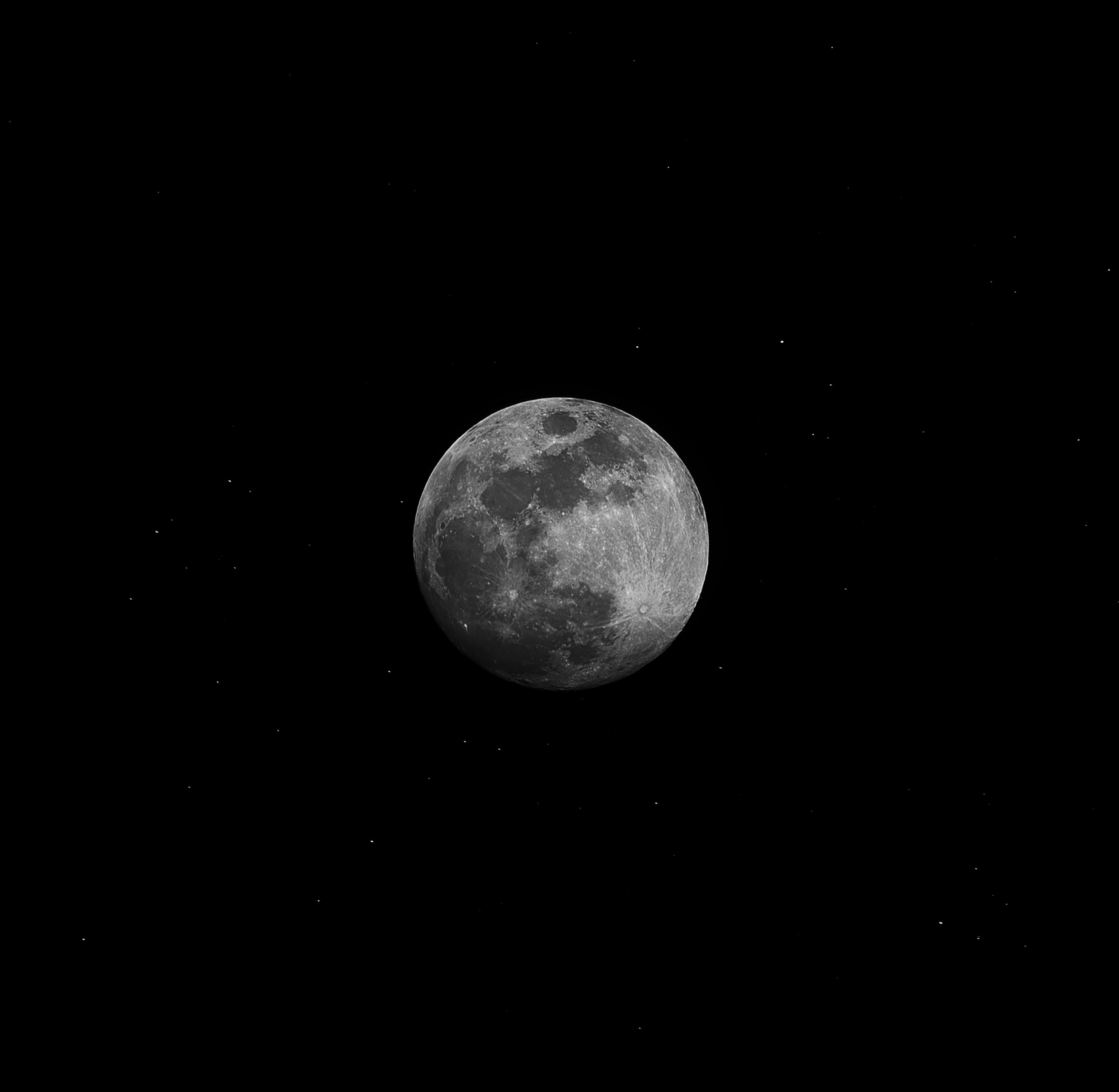Periods Between New Moons: Examining the Celestial Cycles
The moon, our celestial neighbor, has been a source of fascination and wonder for countless generations. Throughout history, humans have looked up at the night sky, observing its many phases and cycles. One such cycle is the period between new moons, which plays a vital role in various cultural, agricultural, and astrological contexts.
The Moon’s Phases and Understanding New Moons
Before we delve into the periods between new moons, it’s crucial to have a basic understanding of the moon’s phases. The moon goes through a complete cycle every 29.5 days, transitioning from new moon to full moon and back again.
During a new moon, the moon is positioned between the Earth and the Sun, with its unilluminated side facing us. This means the moon appears completely dark from our perspective. As the moon orbits the Earth, varying amounts of sunlight illuminate its surface, creating different phases such as crescent, first quarter, gibbous, and full moon.
Now, let’s focus our attention on the periods between new moons, known as the synodic month.
The Synodic Month: Calculating the Period Between New Moons
The Moon’s synodic month is the time it takes to complete one full cycle, from one new moon to the next. This cycle is not exactly 29.5 days, as many mistakenly assume. In reality, this period is about 29.53 days or roughly 29 days, 12 hours, 44 minutes, and 2.9 seconds.
The slight variation in the duration of the synodic month is due to the complexities of celestial mechanics. The Moon’s orbit is not a perfect circle, but an ellipse. Additionally, the Earth’s orbit around the Sun isn’t perfectly circular either. Both of these factors, along with the gravitational interactions between the Earth, Moon, and Sun, cause the duration of the synodic month to fluctuate slightly.
To calculate the approximate intervals between new moons, various methods and formulas have been devised. One of the most common ways to estimate the duration is to use the Metonic cycle, named after Meton of Athens, a Greek astronomer.
The Metonic Cycle and Its Use in Estimating New Moons
The Metonic cycle, developed in the 5th century BCE, is based on the alignment of lunar cycles with solar years. It suggests that after 19 years, the phases of the Moon will align with the same days of the year. This is because 19 tropical years are almost exactly equal to 235 synodic months.
Using the Metonic cycle formula, we can estimate the average duration of the synodic month as follows:
| Tropical Years | Synodic Months |
|---|---|
| 19 | 235 |
Calculating the average duration by dividing the 235 synodic months by 19 tropical years, we find that one synodic month is approximately 29.53059 days. This value provides a more accurate estimate than the commonly used 29.5 days. However, it’s important to remember that this is still an average, and the actual duration can vary due to the factors mentioned earlier.
Significance of Periods Between New Moons
The periods between new moons have held significant cultural, agricultural, and astrological importance throughout history and across various civilizations.
Cultural and Religious Significance
For many ancient cultures, the moon played a central role in religious and spiritual practices. The new moon, symbolizing renewal and rebirth, held special significance. It often marked important religious observances, ceremonies, or festivals.
For example, in Hinduism, the new moon is associated with the goddess Shakti and is celebrated during the festival of Amavasya. Similarly, Jewish observances of Rosh Chodesh, marking the start of each new Hebrew month, are closely tied to the moon’s phases.
Agricultural Implications
Agricultural practices have long been influenced by lunar cycles, including the period between new moons. Farmers often used the moon as a guide for planting and harvesting crops, believing that certain phases were more conducive to optimal growth.
Some traditional agricultural methods employed the new moon as a starting point for sowing seeds or planting crops. Conversely, the full moon was sometimes associated with harvest activities, as the lunar brightness illuminated fields during night work.
Astrological Interpretations
In astrology, the period between new moons plays a significant role in understanding lunar influences on individual horoscopes and zodiac signs. Astrologers believe that the phase of the moon at the time of an individual’s birth can shape their personality traits and destiny.
Those born during a new moon are often associated with characteristics like introspection, intuition, and potential for new beginnings. Conversely, individuals born during a full moon are believed to possess qualities associated with heightened emotions, creativity, and strong intuition.
Conclusion
The periods between new moons are a fascinating aspect of the moon’s celestial cycle. Understanding the synodic month and its fluctuations allows us to appreciate the complexities of our cosmic environment. Whether examining the cultural, agricultural, or astrological implications, the period between new moons continues to captivate and inspire us.
Next time you look up at the night sky and witness the moon’s phases transitioning, take a moment to appreciate the intricate dance between the Earth, Moon, and Sun, and the intriguing periods that separate each new moon.
Table of Contents
